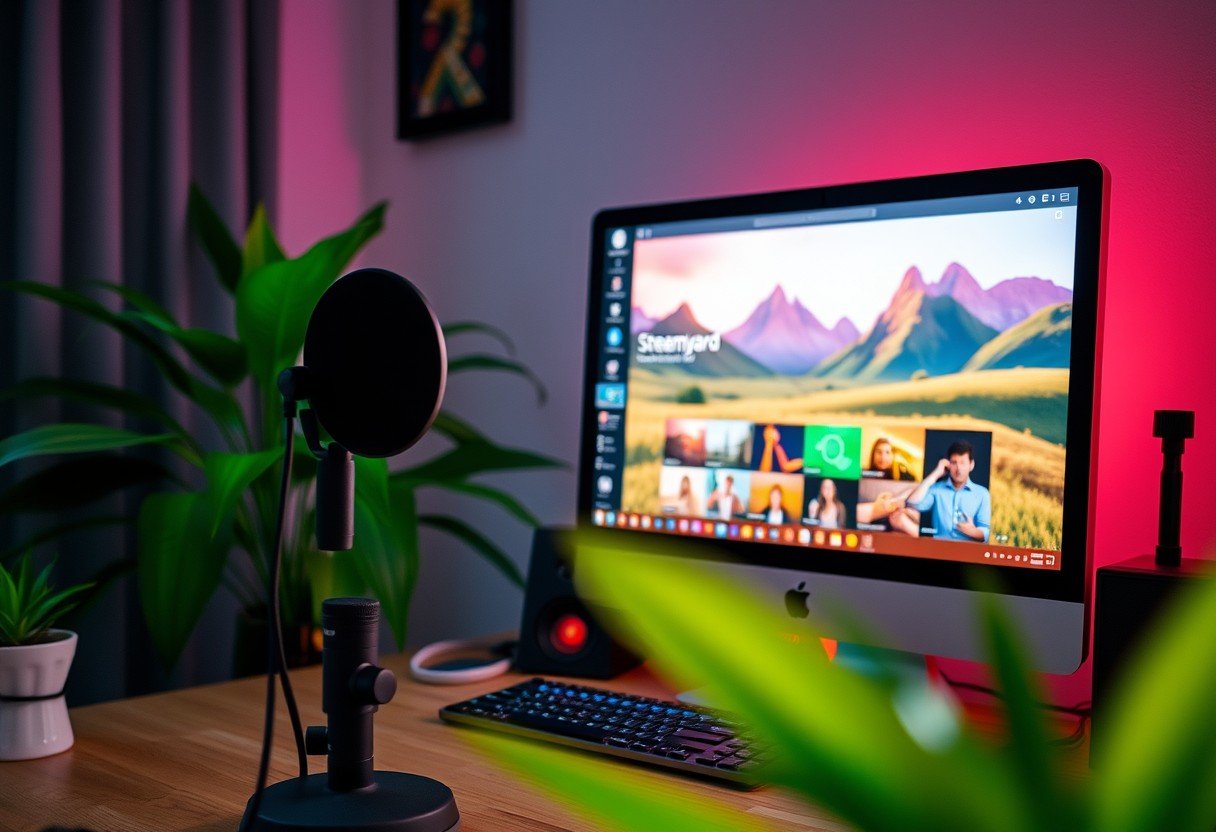In a world of sugary drinks and trans fats, a new health concern is emerging for our children: digital obesity. This isn’t about physical weight, but the unhealthy overconsumption of internet, social media, and screen time. It’s a growing issue that impacts a child’s physical activity, mental well-being, and even school performance. As a parent, you have the power to help your child develop a healthy relationship with technology by implementing a balanced digital diet.
What is Digital Obesity and Why Should You be Concerned?
Digital obesity refers to the excessive and compulsive use of digital devices, leading to negative consequences in a child’s life. Just as a poor diet harms the body, a poor digital diet harms a child’s overall development. Children spend less time playing outside, which is crucial for their health.
The benefits of physical activity for health affect the prevention of diseases and improve the quality of life. This includes physiological benefits like preventing obesity, psychological boosts like increased self-esteem, and better social integration.
For children and adolescents, these benefits are even more critical. Physical activity contributes to their integral development, improves motor skills, and leads to better performance in school. When screen time replaces active time, these crucial developmental milestones are put at risk.
The Trap of Digital Self-Esteem in Social Media
A particularly worrying trend is how teenagers measure their self-worth online. Their digital self-esteem is often tied to the number of “Followers” or “Likes” they get on social media profiles. This creates a constant need for validation from strangers online, which can be a source of anxiety and stress.
This chase for virtual approval can distract them from real-world achievements and relationships. It shifts their focus from developing personal skills and hobbies to curating a perfect online persona, which is often far from reality.
Using Parental Controls for a Balanced Digital Diet
Thankfully, you are not powerless in this situation. Technology itself provides the tools to manage its overuse. Parental controls for Android are really beneficial for guiding your kids toward healthier habits. Specialized apps, such as FamilyTime, offer a comprehensive suite of tools for parents.
With these applications, you can actively manage your child’s digital world.
- Monitor Activity: See which websites your kids visit, what apps they use most, and even review their chat history to ensure their safety.
- Set Limits: Implement screen time limits to automatically lock the device after a certain duration. You can also block access to specific inappropriate apps or websites.
- Ensure Safety: Use features like contact watchlists to get alerts if your child communicates with a suspicious number.
These tools aren’t about spying; they are about setting healthy boundaries, just as you would in any other area of their life.
Practical Steps to Put Your Child on a Digital Diet
Implementing a digital diet doesn’t have to be a drastic overhaul. The key is to introduce small, consistent changes. The article suggests this is a real challenge for parents, but taking it one step at a time makes it manageable.
Here are specific habits you can start building with your children:
- Turn off all non-essential notifications on their mobile devices to reduce constant interruptions.
- When they need to focus on homework or a task, have them mute the phone and put it away in a drawer.
- If they are working on a computer, encourage them to close social media tabs, chat programs, and email to maintain focus.
- Schedule short, limited tech breaks (e.g., 20 minutes) to check important notifications only.
- Encourage regular breaks away from the screen between different activities to rest their eyes and mind.
- Create a family schedule that carves out specific times for them to practice their offline interests and hobbies.
Creating a Healthy Tech-Life Balance Beyond the Screen
The ultimate goal is to teach children to use technology as a means and not as an end in itself. It should be a tool that helps them learn, connect, and create, not something that consumes their entire life. Encourage activities that do not involve a screen, such as sports, reading a book, or spending time with family.
This table illustrates the difference between unhealthy and healthy tech habits you can foster.
| Unhealthy Digital Habit | Healthy Digital Habit |
|---|---|
| Using devices during family meals. | Designating mealtimes as tech-free zones. |
| Scrolling social media right before bed. | Reading a physical book or talking before sleep. |
| Measuring self-worth by likes and followers. | Focusing on real-world skills and friendships. |
By setting a good example with your own device usage and creating a supportive environment, you can guide them toward a more balanced life where technology serves them, not the other way around.
Frequently Asked Questions about Digital Diets
What are the first signs of digital obesity in a child?
Early signs include irritability when away from devices, a decline in school performance, loss of interest in offline hobbies, and prioritizing screen time over spending time with friends and family. They may also exhibit poor sleep patterns.
How much screen time is too much for a teenager?
While there’s no magic number, many experts suggest no more than two hours of recreational screen time per day. It’s more important to focus on the quality of the screen time and ensure it doesn’t interfere with sleep, physical activity, and schoolwork.
Can a digital diet improve my child’s school performance?
Absolutely. By reducing distractions from notifications and social media, a digital diet helps improve focus and concentration. This allows children to complete homework more efficiently and retain information better, leading to improved academic results.
What if my child resists the new screen time rules?
Resistance is normal. It’s important to explain the “why” behind the new rules, focusing on their health and well-being. Involve them in setting the new limits to give them a sense of ownership, and be consistent in enforcing the boundaries you agree upon.








Leave a Comment